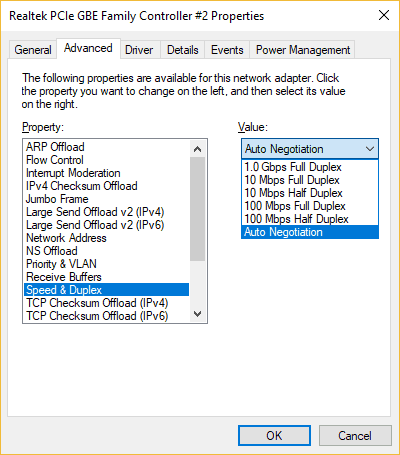In telecommunication, a duplex communication system is a point-to-point system of two devices that can communicate with each other in both direction. These two types of duplex communication systems exist in Ethernet environments:
- half-duplex – a port can send data only when it is not receiving data. In other words, it cannot send and receive data at the same time. Network hubs run in half-duplex mode in order to prevent collisions. Since hubs are rare in modern LANs, the half-duplex system is not widely used in Ethernet networks anymore.
- full-duplex – all nodes can send and receive on their port at the same time. There are no collisions in full-duplex mode, but the host NIC and the switch port must support the full-duplex mode. Full-duplex Ethernet uses two pairs of wires at the same time instead of a single wire pair like half-duplex.
The following picture illustrates the concept:
Because hubs can only operate in half duplex, the switch and hub will negotiate to use half-duplex, which means that only one device can send data at the time. The workstation on the right supports full duplex, so the link between the switch and the workstation will use full duplex, with both devices sending data simultaneously.
Each NIC and switch port has a duplex setting. For all links between hosts and switches, or between switches, the full-duplex mode should be used. However, for all links connected to a LAN hub, the half-duplex mode should be used in order to prevent a duplex mismatch that could decrease network performance.
In Windows, you can set up duplex settings in the Properties window of your network adapter:
Download our Free CCNA Study Guide PDF for complete notes on all the CCNA 200-301 exam topics in one book.
We recommend the Cisco CCNA Gold Bootcamp as your main CCNA training course. It’s the highest rated Cisco course online with an average rating of 4.8 from over 30,000 public reviews and is the gold standard in CCNA training:


